Shade plants that attract hummingbirds – 5 fabulous flowers to grow
Encourage these feathered friends into your yard with these expert-approved picks
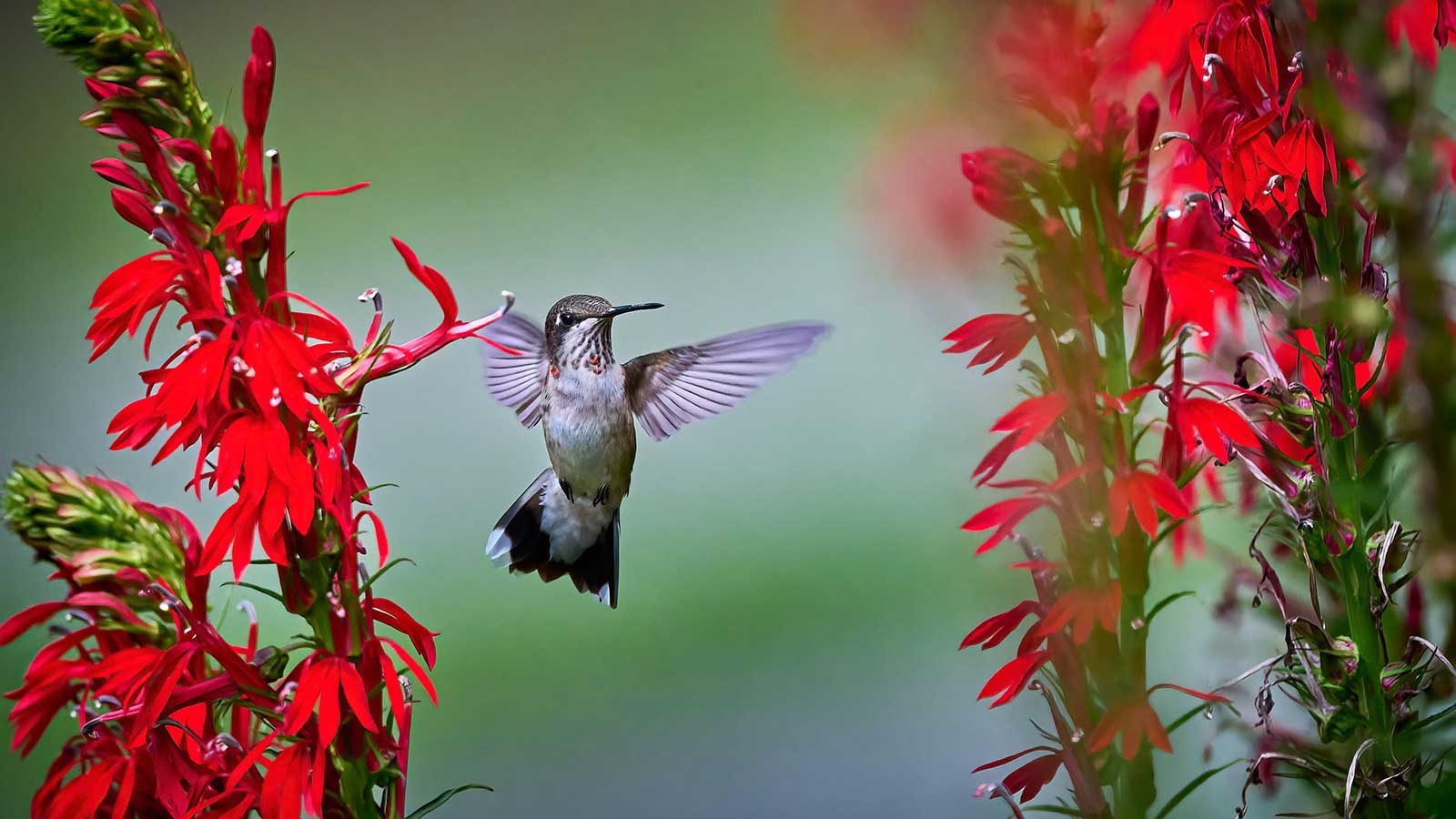

Spotting a hummingbird is a delight for all ages, especially if it's in your own backyard. There are plenty of ways to attract hummingbirds, but one of the best is with flowering plants.
'Hummingbirds require nectar,' says Christina Kontos, a wildlife biologist from Babcock Ranch. The energy it provides is needed for their high metabolic demands, she explains; 'they rapidly beat their wings at about 40-80 beats per second as they flit from one flower source to another.'
While many nectar-rich flowers that attract hummingbirds thrive in sunshine, many are suitable for shadier spots, too. For example, many full-shade perennials produce beautiful flowers that birds love. You'll find five expert-approved options below.
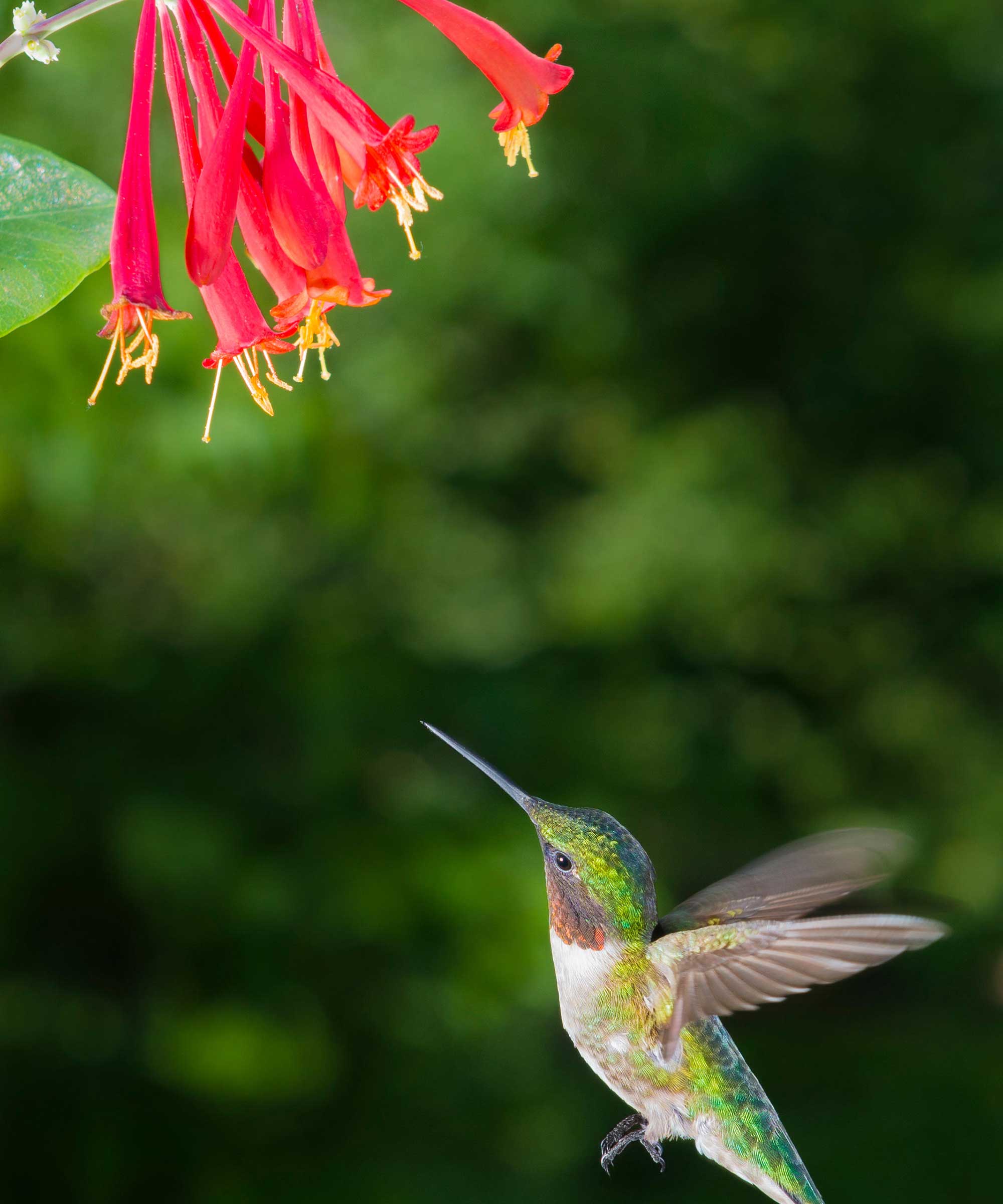
Hummingbirds are attracted to nectar-rich blooms

Christina Kontos is the environmental mitigation manager and wildlife biologist at Babcock Ranch, America's first solar-powered town, where she is responsible for the management of 13,000 acres of preserves within and surrounding the community. Her career began at Lion Country Safari, where she cared for a pride of lions as a lion keeper and then followed her passion to become a wildlife field biologist with the Florida Fish & Wildlife Conservation Commission (FWC), which included areas such as Okaloachoochee Slough, Picayune Strand, and Big Cypress Wildlife Management Areas.
5 stunning shade plants for hummingbirds
These shade plants aren't just great for wildlife gardens, but they also look beautiful, too.
1. Impatiens

Impatiens make pretty additions to the front of flowerbeds
Ben Team, editor-in-chief of FootstepsInTheForest.com, recommends impatiens – especially Impatiens walleriana – for attracting hummingbirds. 'Available in an array of colors, these flowers grow as perennials in the southern portions of the U.S., but they’re typically treated as annuals in cooler climates,' he says.
They make vibrant bedding plants and are one of the best container plants for shade. Try the 'Candy Box' impatiens mix, available from Burpee, for a range of pink and purple hues.

A lifelong environmental educator and the former executive director of a nature reserve, Ben has led more than 10,000 miles of guided nature hikes, authored more than 40 animal care books, and has been profiled in a variety of media outlets, including local public television, County Line Magazine, and Disney Radio.
2. Cardinal flower
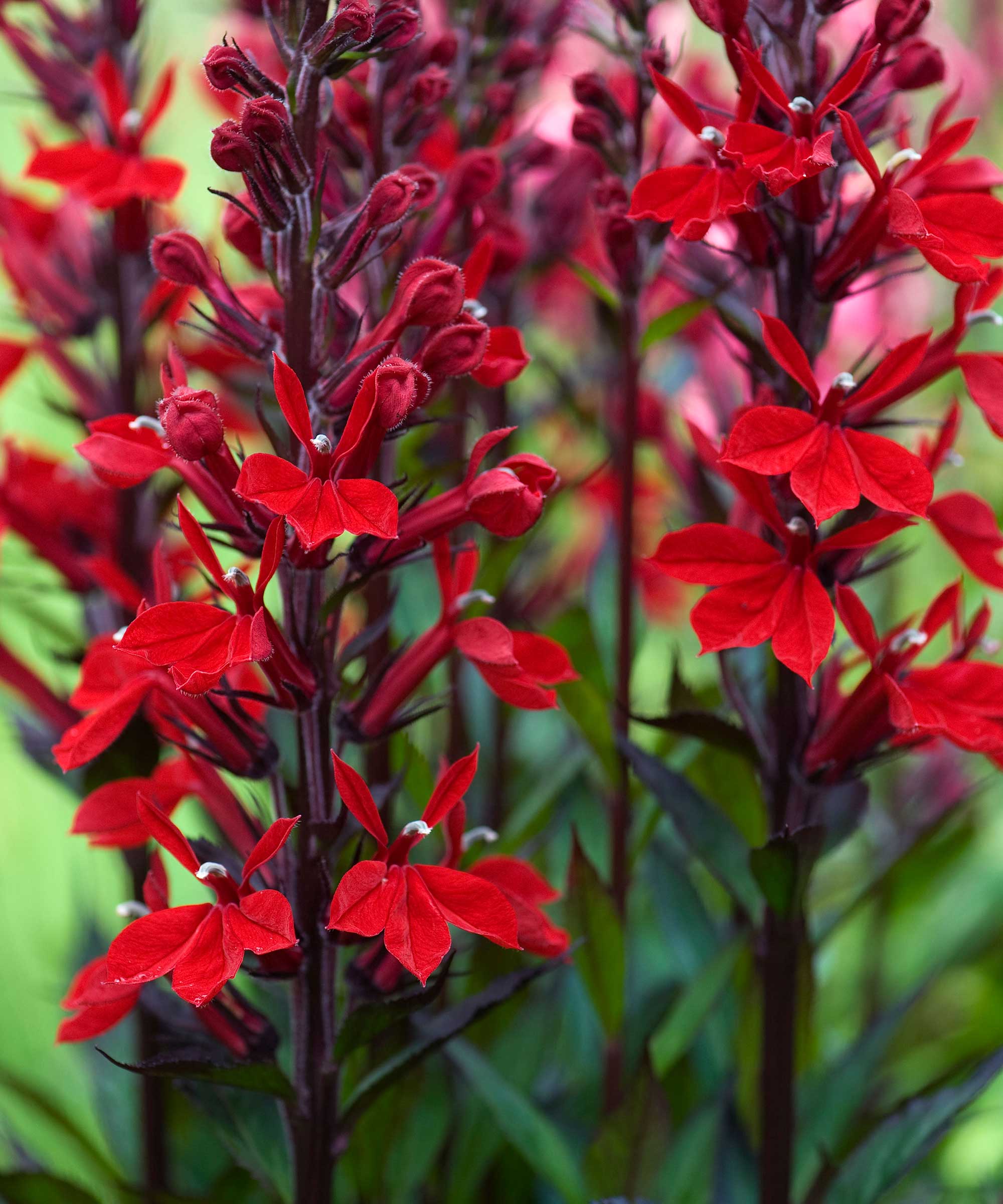
Cardinal flowers attract hummingbirds with their tubular blooms
Taylor Kennedy Frenchi, a conservation biologist at Texan by Nature, says, 'One plant that is well-loved by hummingbirds is the cardinal flower (Lobelia cardinalis), which has elongated, tube-like blossoms that are vibrant red.
Design expertise in your inbox – from inspiring decorating ideas and beautiful celebrity homes to practical gardening advice and shopping round-ups.
'This native bellflower grows well in shady conditions and blossoms from summer to fall,' she says, adding that it requires moist conditions.
It's a good plant for attracting butterflies, too. You can buy cardinal flowers from Burpee.

Taylor is deeply committed to advancing the understanding of the effects of nature on health and well-being. She joined Texan by Nature as the Program Manager for the Nature and Health Alliance in January 2024. She has a Bachelor of Science in Health Services from TESU and is currently studying for a Masters in Conservation Biology at Miami University.
3. Bleeding heart
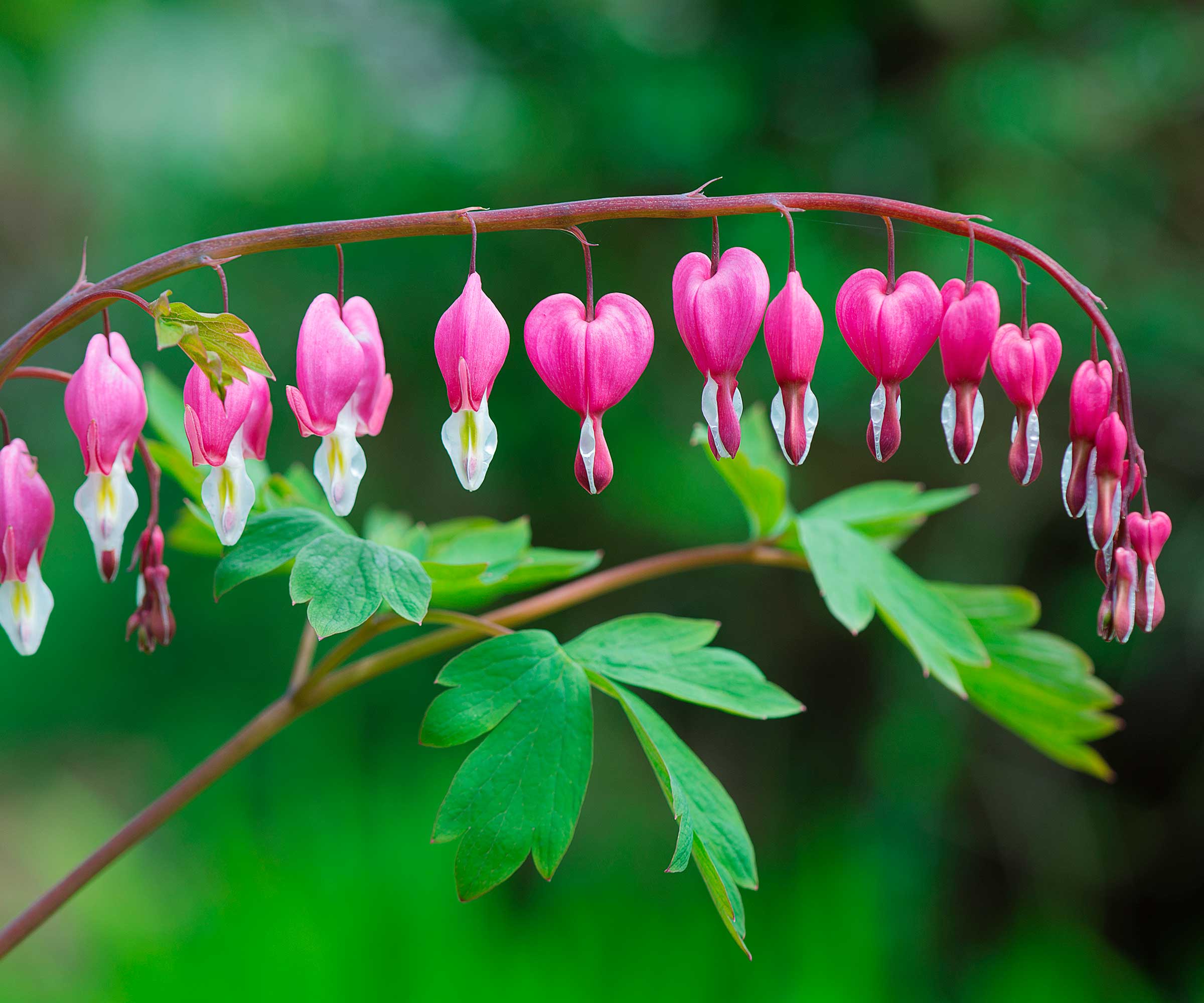
These plants have interesting, heart-shaped flowers
Wildlife expert Tommy Wylde recommends bleeding heart (Dicentra spectabilis). 'This plant has heart-shaped, pink-to-red flowers that dangle enticingly from a stem,' he says. 'The color and shape of the flowers make them perfect for attracting hummingbirds.
'They thrive in part to full shade, and keeping the soil consistently moist is key,' he continues. A top dressing of compost in the spring will help to boost growth, he adds.
You can shop for bleeding heart plants from Nature Hills.

Tommy is a wildlife expert who has worked for several years as a nature guide. He now runs a wildlife-themed online publication called Floofmania.com, where he writes about everything related to animals and North American wildlife.
4. Coral honeysuckle

Try training this vining plant up a trellis
You could also plant coral honeysuckle (Lonicera sempervirens) – a suggestion from Christina. Although this climbing plant may bloom best with full sun, it can also grow in filtered light, she says.
'With evergreen leaves, this vine produces bright, red tubular flowers in the shape of a trumpet’s horn, providing a perfect fit for a hummingbird’s long bill to retrieve sweet nectar.
'This vine can be pruned and trained to follow a trellis or tree as it grows up, or can be planted as a ground cover,' she continues. It can tolerate most types of soils, apart from dry sandy ones, she adds.
5. Foxglove
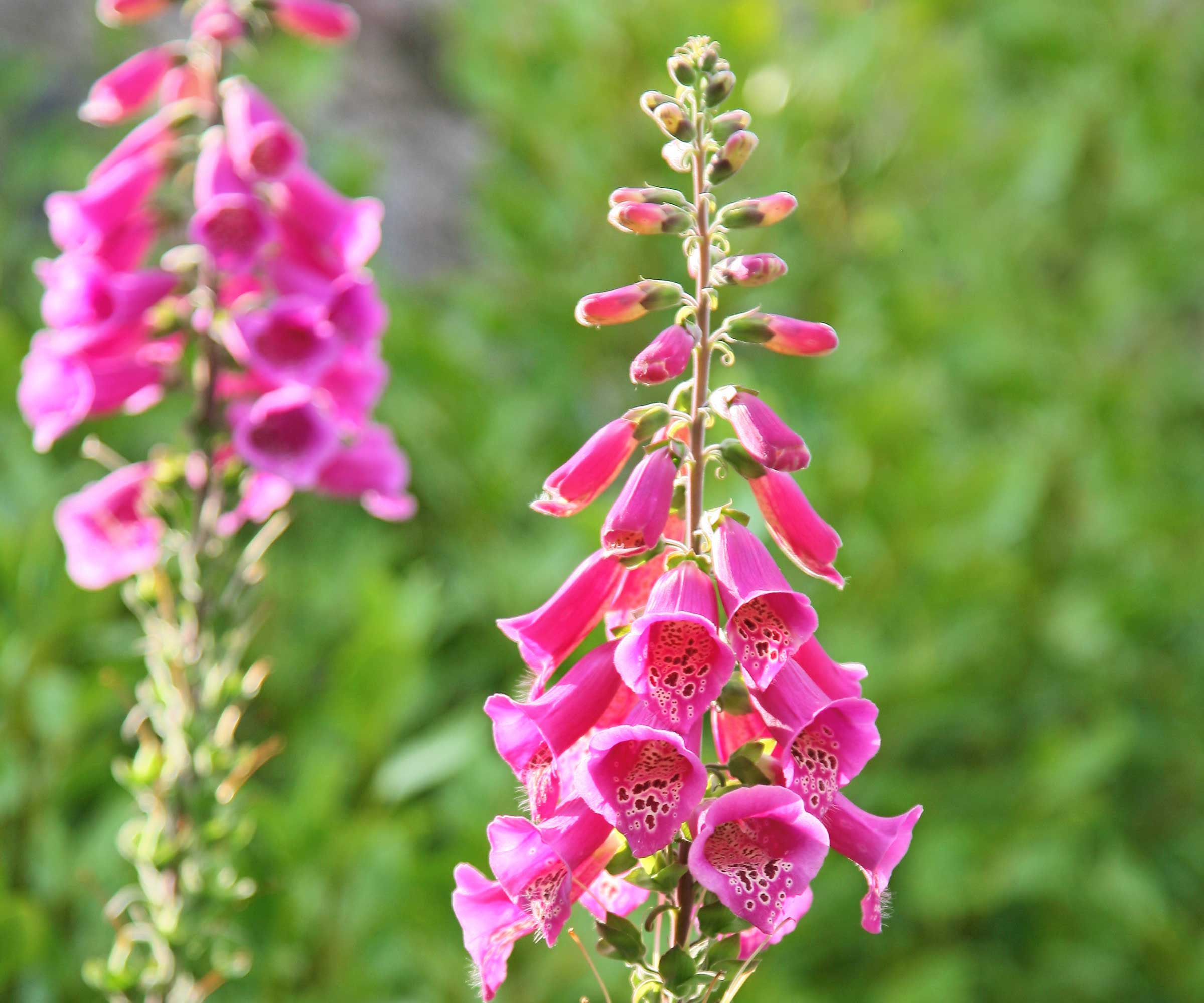
Foxgloves are eye-catching additions to a yard
Foxgloves are another suggestion from Tommy, who calls them a 'hummingbird magnet'. They enjoy partial shade and need well-drained soil, he says. 'The plants need to be watered during dry spells, and add a layer of mulch to keep the roots cool.'
Foxgloves, available to buy from Burpee, are also excellent plants for pollinators.
'Be cautious, though, as foxglove is toxic if ingested,' Tommy warns. 'It might not be the best choice if you have curious pets or kids.' Note that it is also considered invasive in some areas, so double-check before you plant.
Are hummingbirds only attracted to the nectar in plants?
Tommy points out that hummingbirds are not only attracted to the nectar of plants, but also to the insects they can host, as these provide a protein source for them.
What are some shrubs for shade that attract hummingbirds?
There are some flowering shrubs for shade that will attract these feathered friends.
Try summersweet (Clethra alnifolia), recommends Christina. It's deciduous, with dark green foliage and beautifully fragrant white flowers formed into bottlebrush spikes, she says. 'This whimsical species blooms in mid to late summer and grows best in shade with moist soils, which produces larger blooms than if it were planted in full sun.'
Another option is the Catawba rhododendron, recommended by Ben. 'Occasionally reaching up to 10 feet in height, this evergreen shrub is a native of the eastern U.S., making it an excellent choice for those looking to avoid invasive species.
'Do note that this is a highly toxic species, so caution is warranted for homeowners with young children or pets,' he adds.
If you're looking for more ways to attract these winged wonders, consider planting native spring flowers to attract hummingbirds, or learning how to make hummingbird food – it's easy with our guide.

Holly started writing about gardening five years ago, and she is a regular contributor to Homes & Gardens. She has also written many gardening features for Woman & Home and Real Homes, too. She has previous experience as a professional gardener, where she helped to plant and maintain private gardens. Holly has also looked after allotment plots over the years and loves to grow her own flowers and veggies from seed. In her spare time, she enjoys visiting local gardens, botanical drawing, and tending to her ever-growing collection of houseplants.